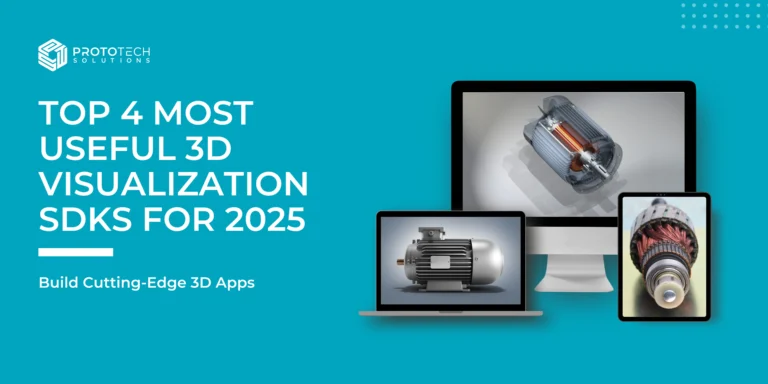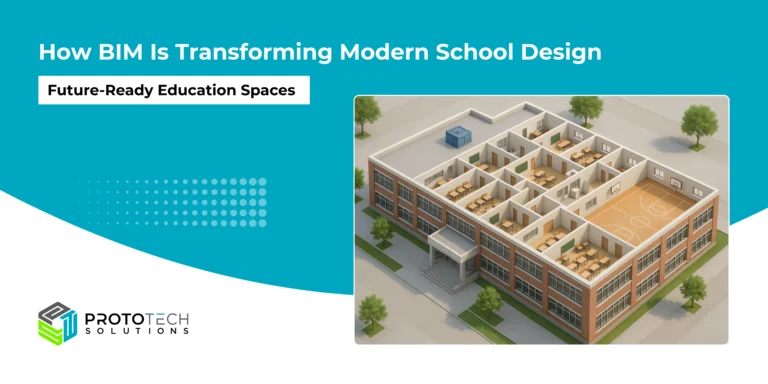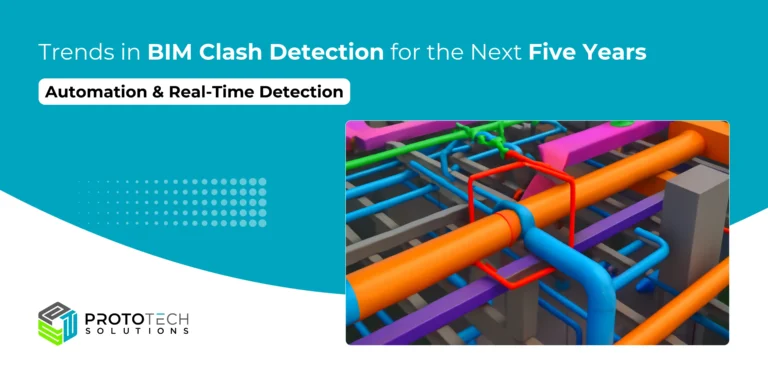PDF to CAD Conversion: Best Practices for Architects

Converting PDF plans to CAD formats is not just a technical requirement in architecture; it’s a vital aspect of enhancing project accuracy and workflow efficiency. As architects increasingly rely on digital tools, understanding the best practices for PDF to CAD conversion can significantly impact the quality of their work. This blog post explores effective strategies for this conversion process, emphasizing its relevance in architectural workflows.
Understanding the Importance of PDF to CAD Conversion
- Editability: CAD files allow for easy modifications, enabling architects to update designs quickly without starting from scratch.
- Layer Management: CAD software supports layers, allowing architects to isolate and edit specific components of a design, such as walls, doors, or electrical layouts.
- Precision: CAD tools provide advanced features that enhance accuracy in design, which is essential for meeting building codes and client specifications.
Best Practices for Converting PDF to CAD
1. Prepare Your PDF File
Before initiating the conversion process, ensure that your PDF is well-structured. A clean and organized PDF will facilitate a smoother transition to CAD. Here are some preparation tips:
- Clear Labels: Ensure all elements are clearly labeled within the PDF. This helps maintain clarity during the conversion.
- Layer Organization: If possible, organize elements into layers before conversion. This will allow you to retain layer structure in your CAD file.
- High-Quality Scans: If your PDF is derived from a scanned document, ensure it is of high quality with clear lines and minimal distortion.
2. Choose the Right Conversion Method
There are various methods for converting PDFs to CAD formats, each with its advantages and disadvantages:
- Manual Tracing: This method involves opening both the PDF and CAD software and manually tracing over the design elements. While time-consuming, it allows for complete control over accuracy and layer assignment.
- Built-in Import Tools: Software like AutoCAD offers built-in tools that allow users to import PDFs directly as underlays. This method simplifies tracing and ensures that dimensions are maintained accurately
- Automated Conversion Software: Several software options can automate the conversion process. While they can save time, ensure you choose a tool that maintains high accuracy, especially for complex designs
3. Maintain Layer Structure
One of the key advantages of using CAD software is its ability to manage layers effectively. During conversion:
- Assign Layers Appropriately: Ensure that different elements (e.g., walls, furniture) are assigned to their respective layers during or after conversion.
- Customize Layer Properties: Adjust properties such as color, line type, and weight according to project standards. This practice not only enhances visual clarity but also aids in compliance with industry standards.
4. Utilize Advanced Tools
Employing advanced tools can significantly enhance the accuracy of your conversions:
- Raster-to-Vector Software: For scanned PDFs that consist of images rather than vector content, consider using raster-to-vector conversion tools like Scan2CAD or RasterVect. These tools can convert pixel-based images into scalable vector drawings that can be edited in CAD software.
- CAD Standards Compliance: Ensure that your conversion process adheres to established CAD standards for layers, blocks, and dimension styles. Maintaining these standards is crucial for collaboration with other professionals in the AEC industry
Why Converting PDF to CAD is Essential for Precision in Drafting Projects
- Versatility of PDF: PDF files are widely used for sharing documents due to their compatibility across platforms, but they lack editability, making them less suitable for design modifications.
- Necessity for Editing: CAD conversion is essential when further editing is required. PDFs can be viewed without specialized software, but cannot be modified directly, necessitating conversion to CAD formats for any alterations.
- Retrieving Lost Designs: When original CAD files are unavailable, converting PDFs back to CAD allows for the recovery of essential design data, facilitating renovations or extensions.
- Enhanced Collaboration: Working with editable CAD files allows multiple stakeholders to collaborate more effectively, making real-time updates and revisions without data loss.
- Precision in Scaling: CAD conversion ensures that all design elements are scalable to exact dimensions, vital for precision in technical drawings and measurements.
- Facilitates 3D Modeling: CAD files can be further utilized in 3D modeling applications, providing a solid foundation for creating more complex and detailed project designs.
- Compatibility with Industry Software: CAD files are compatible with industry-standard software like AutoCAD, Revit, and SolidWorks, making them more versatile for use in various stages of the design and construction workflow.
- Compliance with Industry Standards: Many projects require CAD files for regulatory approvals, as they adhere to industry-standard formats necessary for submission and review processes.
The Role of Outsourcing in PDF to CAD Conversion
For many architectural firms, outsourcing PDF to CAD conversion services can be a strategic decision:
- Access to Expertise: Outsourcing allows firms to leverage specialized skills and advanced software tools without investing heavily in training or technology
- Focus on Core Competencies: By outsourcing this task, architects can concentrate on design innovation rather than getting bogged down by technical conversions.
- Scalability: Outsourcing provides flexibility in handling projects of varying sizes without compromising quality or deadlines.
Conclusion
In conclusion, outsourcing PDF to CAD conversion services is a crucial step for architects, engineers, and construction professionals aiming to enhance their drafting capabilities. Staying updated with the latest trends in CAD design and drafting ensures your firm remains competitive in an industry that is rapidly evolving. Innovation and adaptability are key to standing out in today’s fast-paced drafting landscape.
At ProtoTech Solutions, we are a trusted CAD outsourcing partner for global clients, delivering comprehensive CAD and BIM services to the AEC and manufacturing industries. With two decades of expertise, our PDF to CAD specialists provide high-quality conversion services and precise CAD drawings. Our solutions are cost-effective, delivered with quick turnaround times, and tailored to meet your project’s unique requirements. Connect with us today to learn how we can support your drafting needs!






